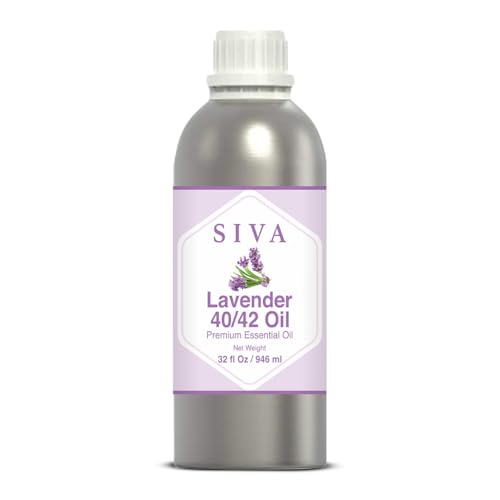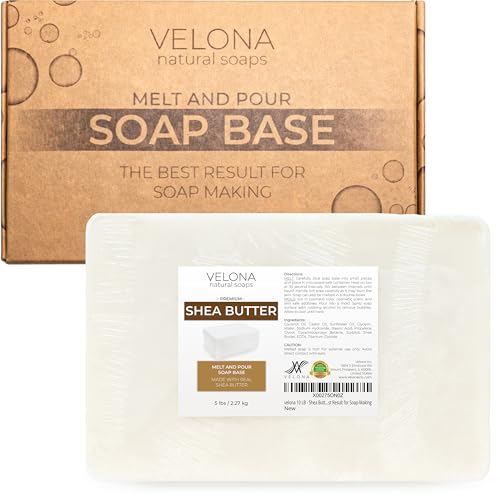Hi there,
I've been playing around on some calculators(MMS and SoapCalc) with a few recipes I found. I want to make sure I am understanding how to use the lye calculator.
The first recipe(it's from a goat forum I am on):
4 oz. Coconut Oil
6 oz. Olive Oil
6 oz. Palm Oil
1 oz. Sweet Almond Oil added at trace
2.2 oz. Sodium Hydroxide
7 fluid oz. Goat's Milk frozen and chopped
First question for this recipe:
Does the amount of liquid change with the liquid being used? Example: If I use water instead of GM on my first try with this recipe, do I just use 7 oz. of water? Since the sweet almond oil is supposed to be added at trace, do you add it in the lye calculator? The only way I could come up with 2.2 oz. of lye was if I didn't include the sweet almond oil. Now I can't come up with the exact liquid amount, though. The MMS says 4-6 oz. and SoapCalc says 6 oz. It's only an ounce difference, so does the liquid amount matter as much? Is it just personal preference?
The second recipe(from Anne's Watson's book)
10.5 oz. Coconut Oil
10.5 oz. Olive Oil
9 oz. Shea Butter
8 oz. Distilled Water
4.2 oz Sodium Hydroxide
Same thing with the liquid amount. I can get the lye amount (MMS: 4.28 oz. SoapCalc: 4.27 oz.). Water amounts vary... MMS 8-11 oz while SoapCalc says 11 oz.
Thanks for the help. I think my brain is muddled with all of the stuff I have been reading. LOL!
Jacque
I've been playing around on some calculators(MMS and SoapCalc) with a few recipes I found. I want to make sure I am understanding how to use the lye calculator.
The first recipe(it's from a goat forum I am on):
4 oz. Coconut Oil
6 oz. Olive Oil
6 oz. Palm Oil
1 oz. Sweet Almond Oil added at trace
2.2 oz. Sodium Hydroxide
7 fluid oz. Goat's Milk frozen and chopped
First question for this recipe:
Does the amount of liquid change with the liquid being used? Example: If I use water instead of GM on my first try with this recipe, do I just use 7 oz. of water? Since the sweet almond oil is supposed to be added at trace, do you add it in the lye calculator? The only way I could come up with 2.2 oz. of lye was if I didn't include the sweet almond oil. Now I can't come up with the exact liquid amount, though. The MMS says 4-6 oz. and SoapCalc says 6 oz. It's only an ounce difference, so does the liquid amount matter as much? Is it just personal preference?
The second recipe(from Anne's Watson's book)
10.5 oz. Coconut Oil
10.5 oz. Olive Oil
9 oz. Shea Butter
8 oz. Distilled Water
4.2 oz Sodium Hydroxide
Same thing with the liquid amount. I can get the lye amount (MMS: 4.28 oz. SoapCalc: 4.27 oz.). Water amounts vary... MMS 8-11 oz while SoapCalc says 11 oz.
Thanks for the help. I think my brain is muddled with all of the stuff I have been reading. LOL!
Jacque















































